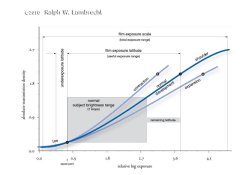It's a lot easier to understand when you remember that the film speed (the shadow point) doesn't really change much. See The Negative, Adams; contraction and expansion.
It's a very good "rule of thumb" to start the explanation of the basics of basics. This is a typical kind of simplification that locks down one parameter completely to lower the number of parameters to think about.
But, there are also too much people who take that rule to the letter. At some point we have to admit that it's just a simplification. The lack of this action has given born to some common internet legends, such as:
"Push processing does not increase film speed
at all" - not true
"Push processing does not improve 'shadow detail' compared to normal processing" - not true.
First, even though development time doesn't change shadow point
much, it still changes it, and sometimes this can be significant.
Second, what's "shadow point"? Depending on where you put the shadow point, the fact how much it moves changes drastically. "Push processing" underexposed negs is based on the fact that you compromise the shadow point a little bit and move it right - after that, the push processing magically raises this shadow point considerably, and even if your
deepest shadows are blocked, your not-so-deep shadows, or lower midtones can gain from push processing, compared to normal processing.








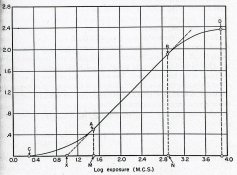
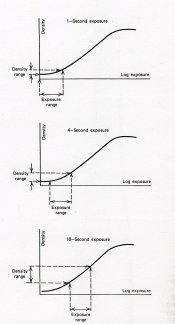
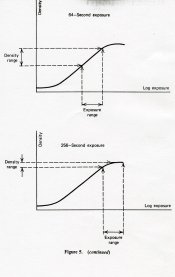
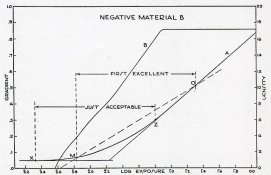
 .
.


